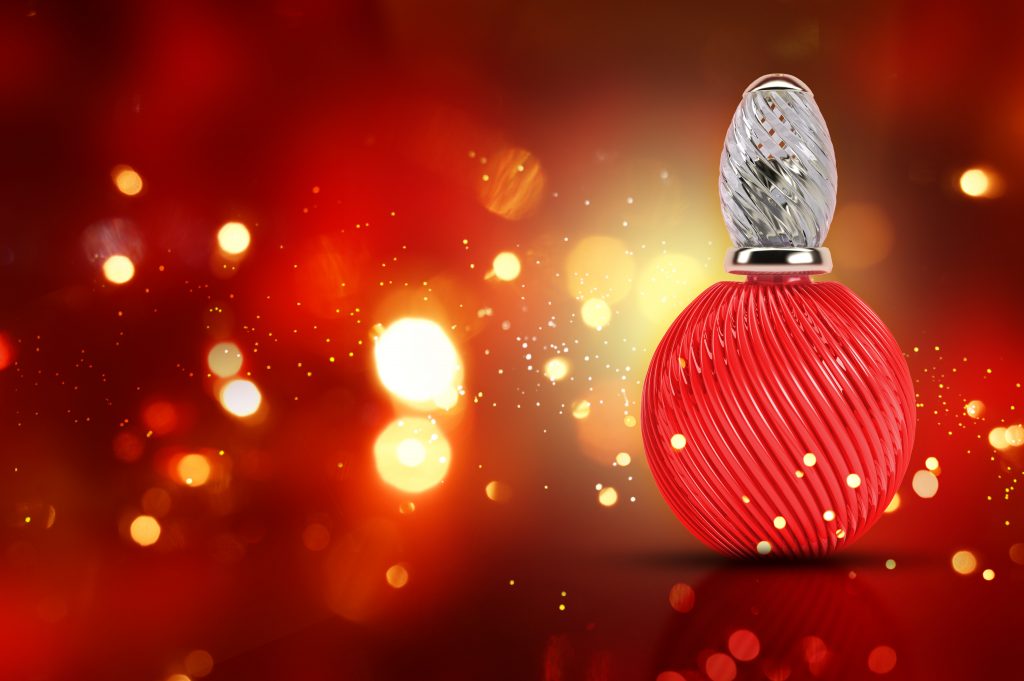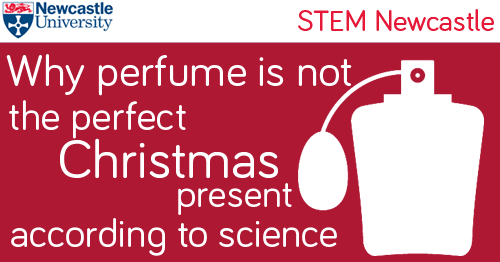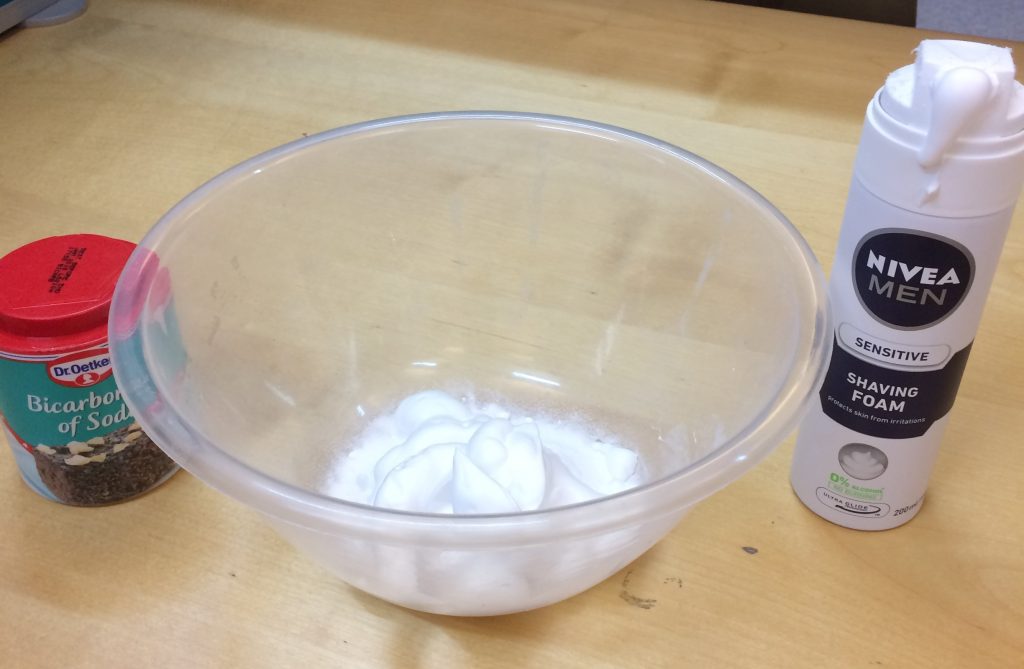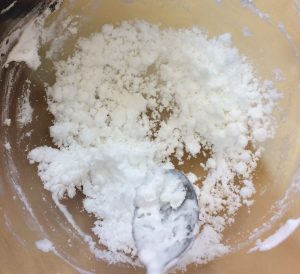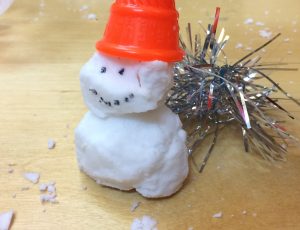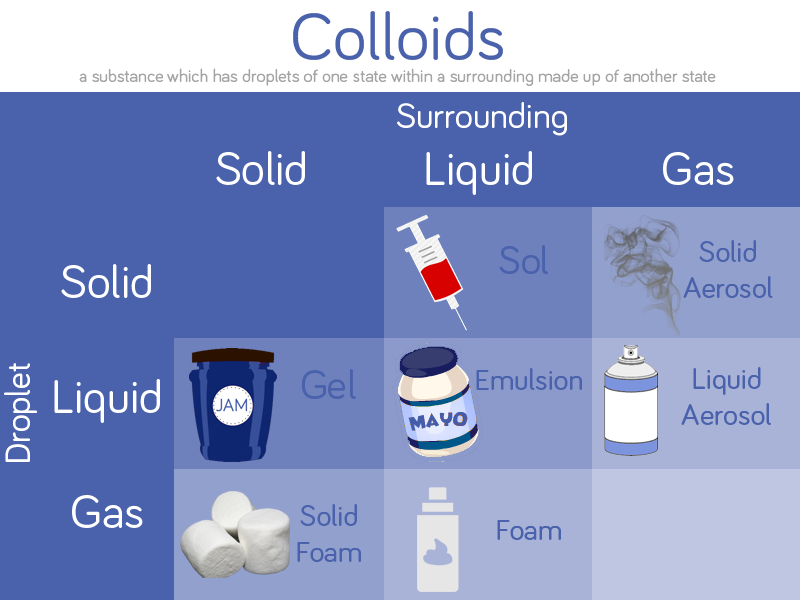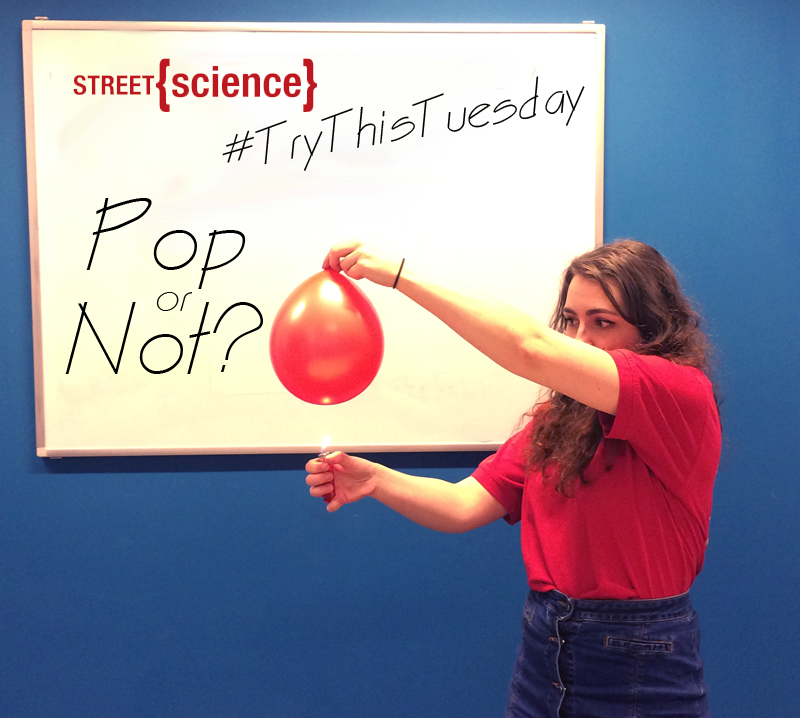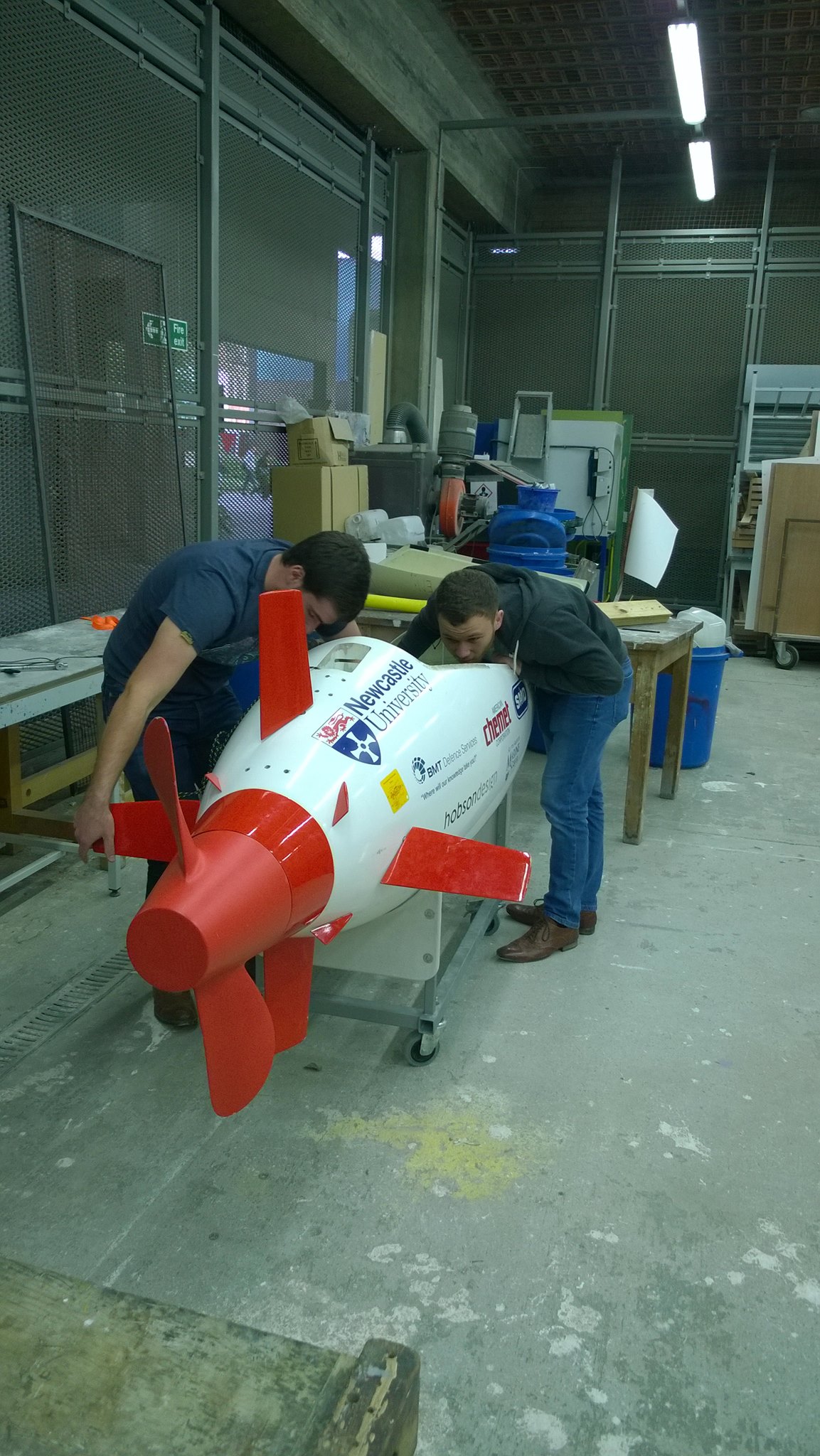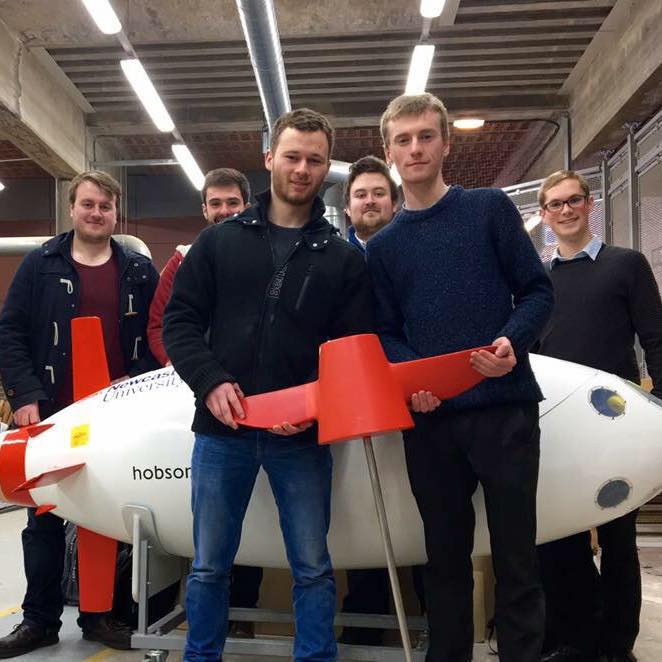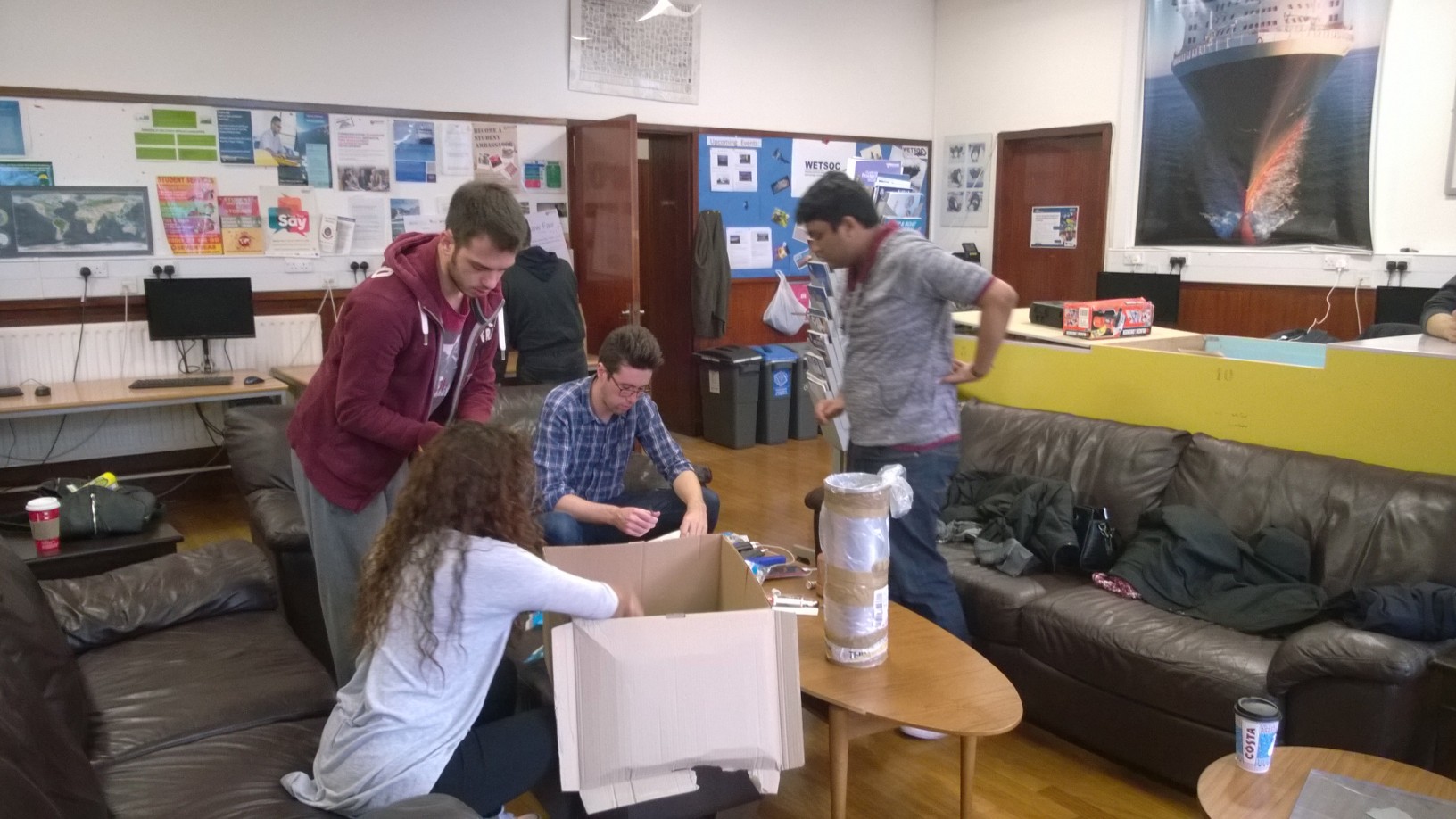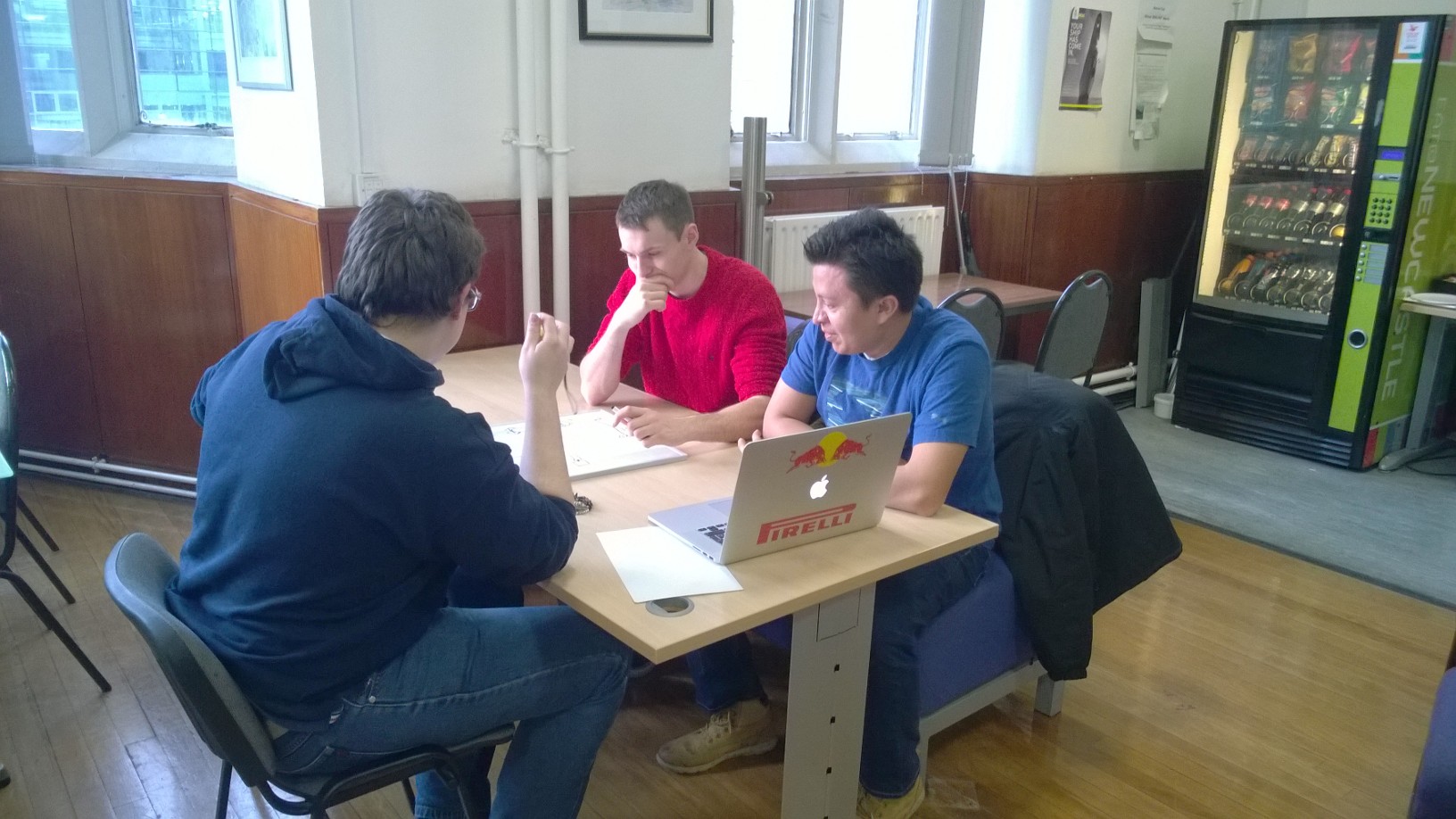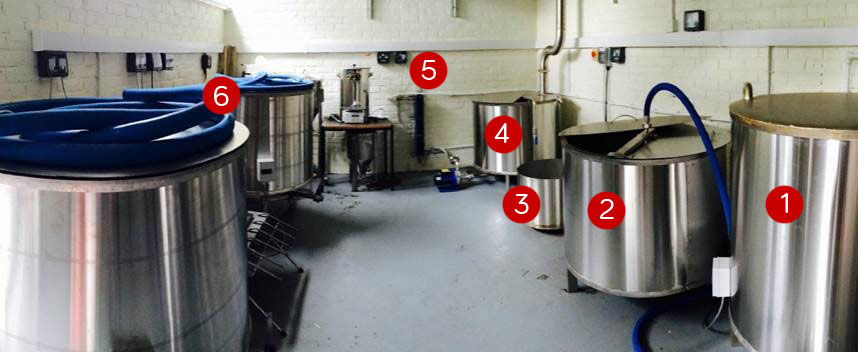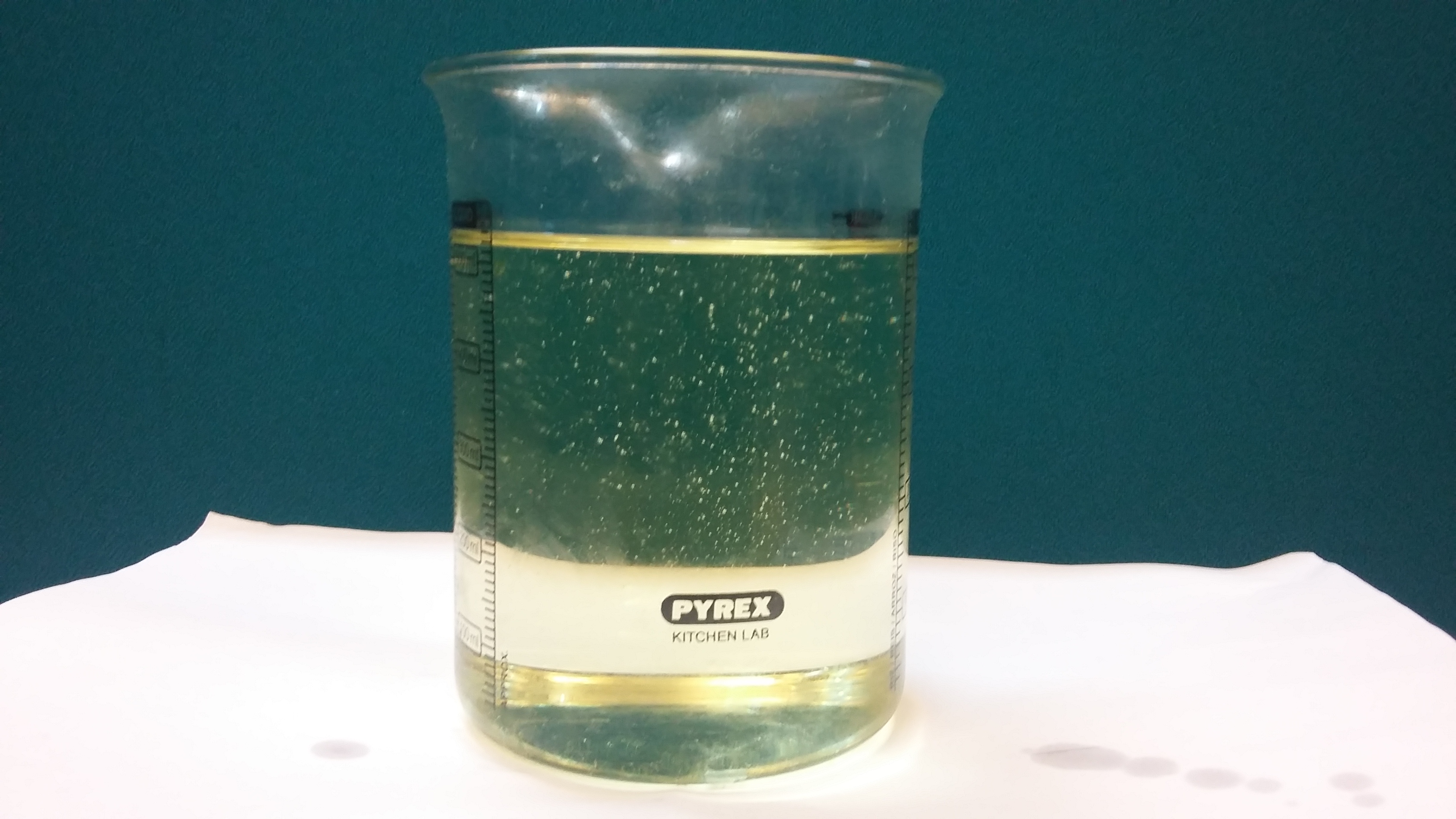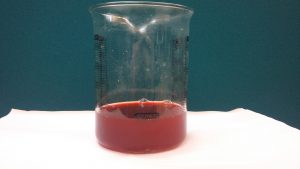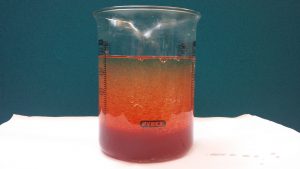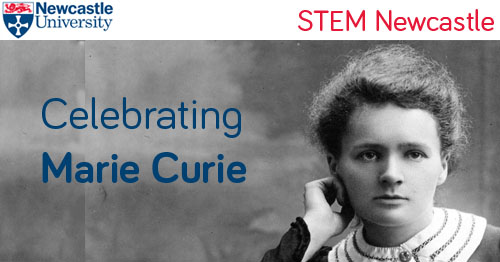It’s nearly Christmas and that means it’s time for awful Christmas cracker jokes. Hopefully our favourite STEM jokes will be a bit more funny! Scientific explanations are underneath each one.
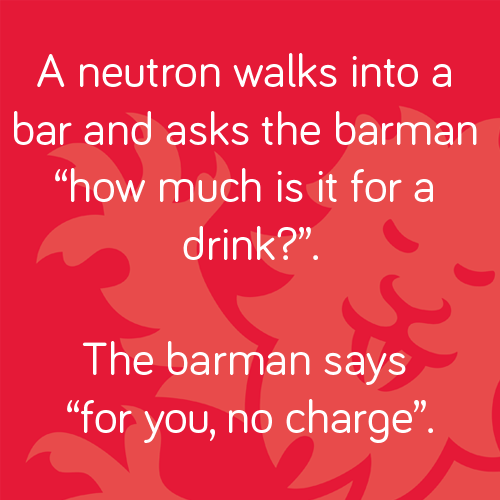
Neutrons make up the middle (nucleus) of atoms and don’t have any electric charge, unlike protons (positively charged) and electrons (negatively charged).
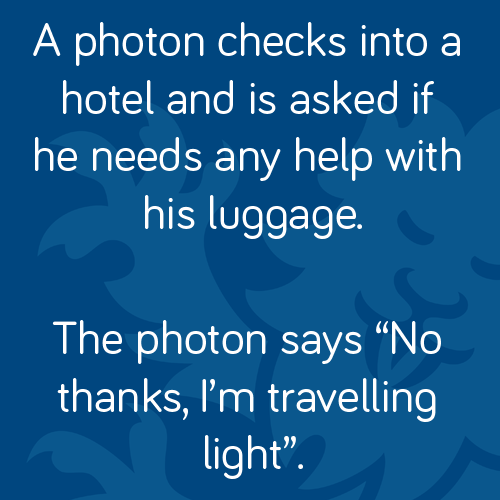
Light is made up of small particles, these are called photons. Therefore, a photon is travelling light.
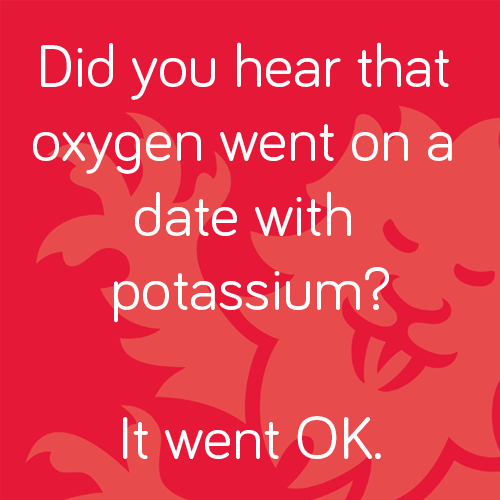
The chemical symbol for oxygen is O and potassium is K.
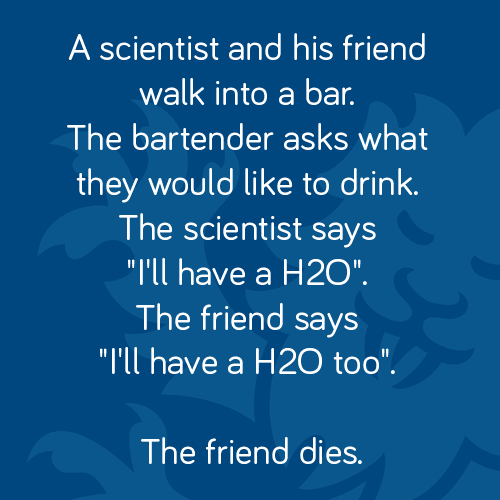
H2O is water, but H202 is hydrogen peroxide. Hydrogen peroxide would cause chemical burns and choking if it was drunk.
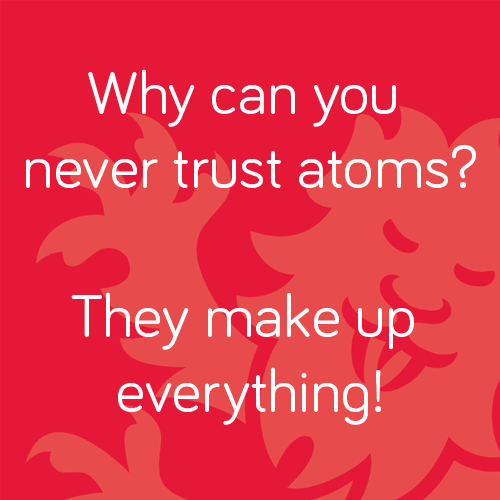
Atoms are very small and make up everything, including us.
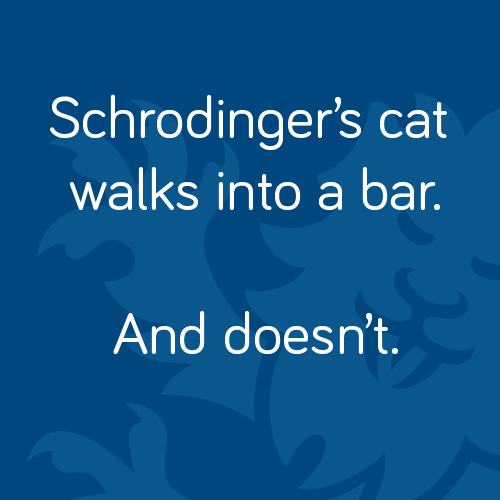
Schrodinger’s Cat is a thought experiment in physics, where a cat is kept in a box with a radioactive source and poison. Until the box is opened, the cat can be assumed to be both dead and alive.
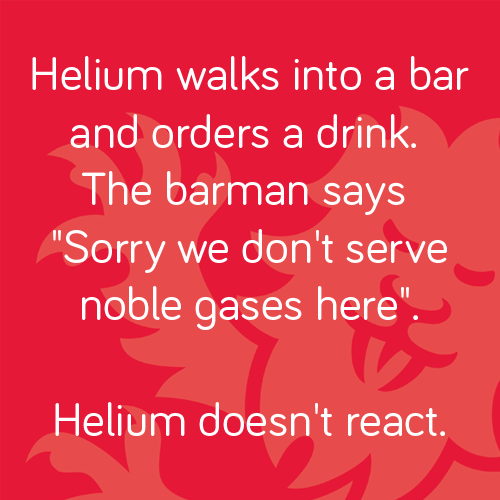
Helium is a noble gas, this means it is doesn’t react with other elements so is inert.

Extrapolation is when you estimate what the result may be beyond what you measured. The joke is that some people can’t extrapolate from data so can’t work out the end of the joke

Binary is a way of using two different symbols, 0 and 1, to represent any number, this is often used to create code for computers. 10 in binary is the same as writing 2. Therefore, there are two types of people, those who understand binary and those who don’t.
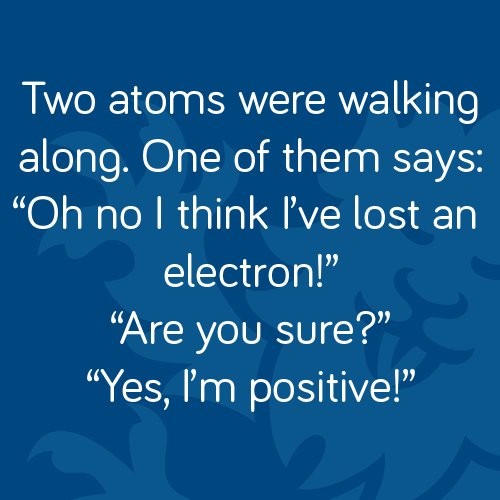
If an atom loses an electron (a negatively charged particle) it will become positively charged.
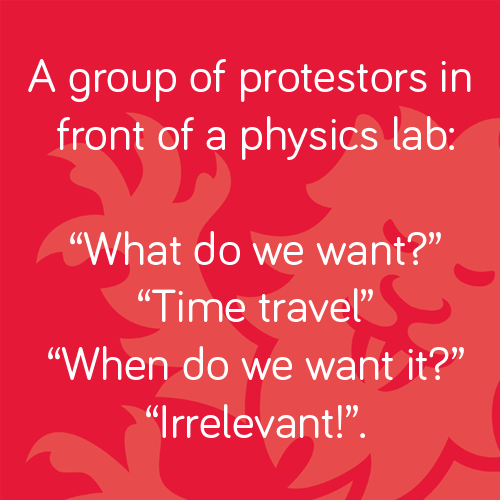
If time travel is ever invented, it doesn’t matter when as you can just travel back in time with the time machine.
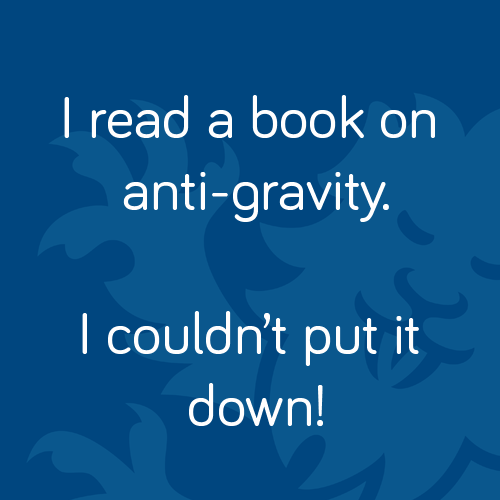
Anti gravity is a place or object that is free from the force of gravity, so would float around. 
This is a play on words, as the atmosphere in a restaurant is how you feel when you are there, but in science terms the atmosphere is a mixture of gases that surrounds the Earth. The moon has a much thinner atmosphere than the Earth and was originally thought not to have one.
